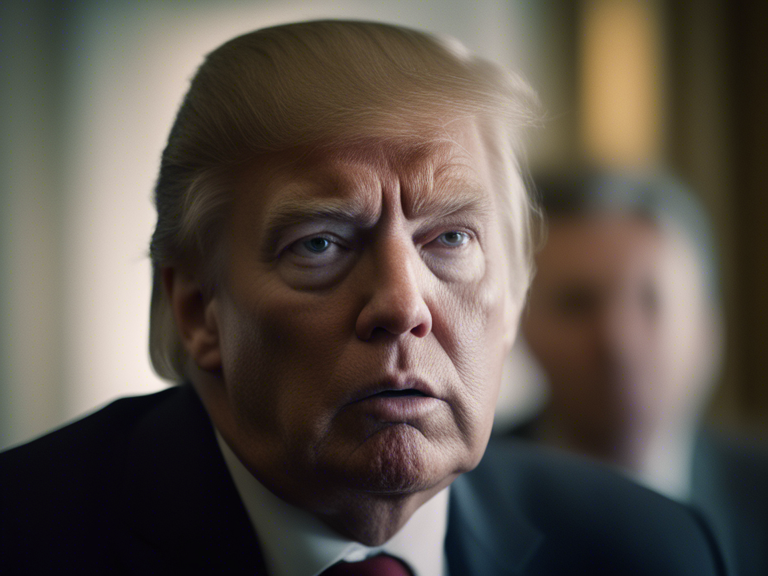
U.S. Proposes Key Measures in Global Plastic Pollution Treaty Negotiations
175 nations are negotiating a binding treaty on plastic pollution, with the U.S. implementing plans on measuring microplastics, producer responsibility, and banning single-use plastics.

Plastic pollution has become a pressing global issue as plastic waste accumulates at an alarming rate worldwide. The World Bank estimates that, on average, each individual generates approximately 1.6 pounds (0.74 kilograms) of plastic waste daily. In response to this challenge, 175 countries are currently engaged in negotiations to establish a binding international treaty aimed at reducing plastic pollution, with a target completion date set for late 2024.
In July 2024, the Biden administration unveiled the first United States plan to tackle the plastic pollution problem. The U.S. strategy focuses on five key areas: plastic production, product design, waste generation, waste management, and the capture and removal of plastics. Additionally, the plan outlines actions already being pursued by various federal agencies and departments to address this critical issue.
Importance of the U.S. Role
As the world's largest economy, the United States plays a pivotal role in global efforts to combat plastic pollution. Informed by extensive research on environmental law and strategies to mitigate plastic pollution, three significant proposals put forth in the U.S. plan have garnered attention. However, there is one notable omission that raises concerns.
The presence of microplastics—tiny plastic fragments—in various environments, including the atmosphere, drinking water, wildlife, and the human food chain, raises serious concerns. While the detrimental impact on wildlife is acknowledged, the effects on human health remain unclear. Given the varied pathways through which humans can be exposed to microplastics, including ingestion, inhalation, and skin contact, there is an urgent need for standardized methods to measure microplastics in different media, such as air, water, and soil.
Currently, there is no federal standard for measuring microplastics, leading to inconsistencies in data collection and reporting. In contrast, California launched a microplastic monitoring program in 2023, which includes the development of a standardized method for measuring microplastics in drinking water.
The Biden administration's plan calls for the establishment of standardized methods for collecting, quantifying, and characterizing both microplastics and even smaller particles, known as nanoplastics. By generating consistent data, regulators can set limits on the presence of microplastics in food, water, and air, enabling more precise and effective regulation of this environmental threat.
Share news















